What Is A Camera Uv Filter Used For ?
A camera UV filter is used to block ultraviolet (UV) light from entering the camera lens. It helps reduce the haze and bluish cast that can be caused by UV light, especially in outdoor photography. Additionally, UV filters can provide protection for the camera lens by acting as a barrier against dust, moisture, and scratches.
1、 Protecting the camera lens from scratches and dust particles.
A camera UV filter is a transparent glass or resin filter that is placed in front of the camera lens. Its primary purpose is to protect the lens from scratches, dust particles, and other potential damage. By acting as a physical barrier, the UV filter shields the lens from any potential harm that could affect the image quality.
One of the main advantages of using a UV filter is its ability to protect the lens from scratches. When shooting in outdoor environments, the lens is exposed to various elements such as branches, rocks, or accidental bumps. These can potentially cause scratches on the lens surface, which can significantly impact the image quality. By using a UV filter, photographers can ensure that the lens remains scratch-free, allowing for clear and sharp images.
Additionally, a UV filter also helps in preventing dust particles from settling on the lens surface. Dust particles are a common nuisance for photographers, as they can easily find their way onto the lens and affect the image quality. By using a UV filter, photographers can minimize the risk of dust particles settling on the lens, thus reducing the need for frequent cleaning and maintenance.
Moreover, a UV filter can also provide some level of protection against moisture, fingerprints, and smudges. This is particularly useful in situations where the camera is exposed to rain, splashes, or accidental touches. The filter acts as a barrier, preventing these elements from directly coming into contact with the lens surface.
It is worth mentioning that some photographers argue that using a UV filter can potentially degrade image quality. They claim that the additional layer of glass or resin can introduce lens flare, reduce contrast, or cause unwanted reflections. However, advancements in filter technology have significantly minimized these issues, and high-quality UV filters are now available in the market.
In conclusion, a camera UV filter is primarily used to protect the lens from scratches, dust particles, and other potential damage. It acts as a physical barrier, ensuring that the lens remains in optimal condition and allowing photographers to capture clear and sharp images. While there may be some concerns about image quality degradation, modern UV filters have largely addressed these issues, making them an essential accessory for photographers.
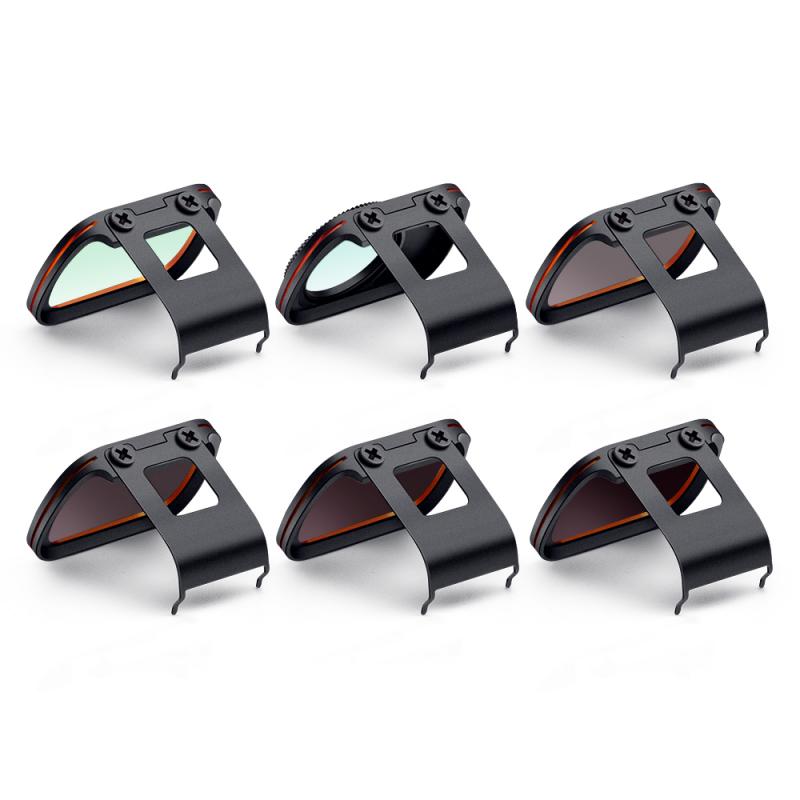
2、 Reducing ultraviolet (UV) light and haze in outdoor photography.
A camera UV filter is used for reducing ultraviolet (UV) light and haze in outdoor photography. When taking photos outdoors, UV light can cause a bluish cast and reduce image clarity. Additionally, atmospheric haze can also affect the overall quality of the image by reducing contrast and sharpness.
UV filters are transparent filters that are attached to the front of the camera lens. They work by blocking UV light from entering the camera sensor, resulting in clearer and more vibrant images. By reducing the amount of UV light, these filters help to eliminate the bluish cast and improve color accuracy.
Furthermore, UV filters also act as a protective layer for the camera lens. They can shield the lens from dust, moisture, and scratches, which can potentially damage the lens. This added protection is particularly useful in outdoor photography where the lens is exposed to various elements.
However, it is important to note that the use of UV filters is a subject of debate among photographers. Some argue that modern digital cameras already have built-in UV filters and that using an additional filter may introduce unwanted lens flare or reduce image quality. Others believe that UV filters are still beneficial in certain situations, such as when shooting in high-altitude areas or near water bodies where UV light is more intense.
In conclusion, a camera UV filter is primarily used to reduce UV light and haze in outdoor photography. It helps to improve image clarity, color accuracy, and also provides a protective layer for the camera lens. However, the decision to use a UV filter ultimately depends on the photographer's preference and the specific shooting conditions.
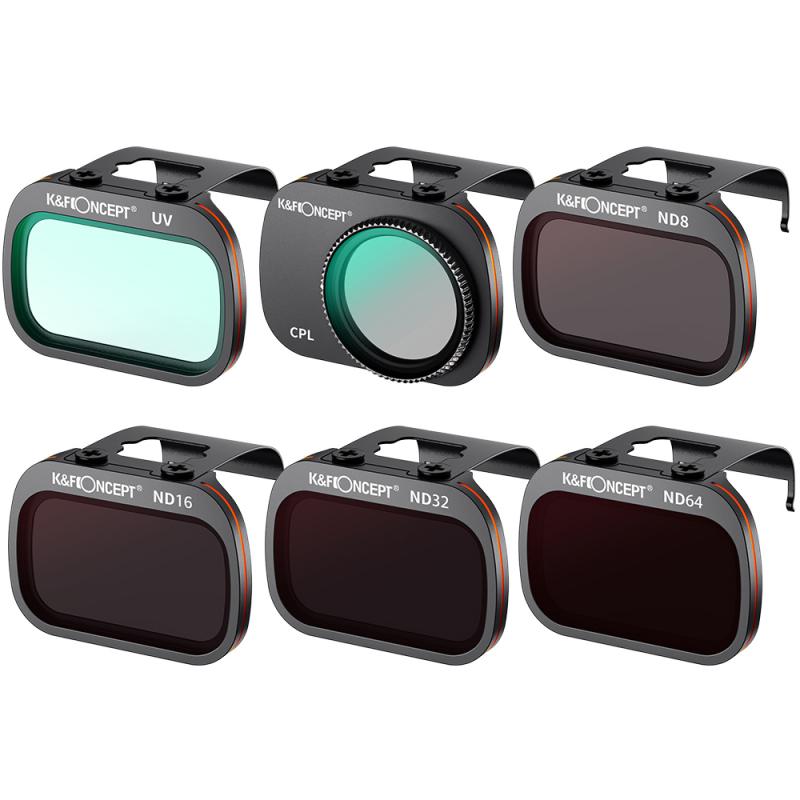
3、 Enhancing color saturation and contrast in certain conditions.
A camera UV filter is a transparent filter that is placed in front of the camera lens to block ultraviolet (UV) light. UV light is invisible to the human eye but can cause a hazy or bluish cast in photographs, especially in outdoor settings. The primary purpose of a camera UV filter is to reduce the effects of UV light and improve the overall image quality.
In addition to blocking UV light, a camera UV filter can also serve other purposes. One of the main benefits is enhancing color saturation and contrast in certain conditions. By reducing the amount of UV light that reaches the camera sensor, a UV filter can help to produce more vibrant and saturated colors, especially in landscapes or scenes with a lot of blue sky. It can also help to increase the contrast between different elements in the image, making them appear more defined and distinct.
Furthermore, a camera UV filter can also provide an extra layer of protection for the camera lens. It acts as a barrier against dust, dirt, moisture, and scratches, which can potentially damage the lens. This can be particularly useful in outdoor photography where the lens is exposed to various environmental elements.
However, it is important to note that the use of a camera UV filter may not always be necessary or beneficial. Modern digital cameras often have built-in UV filters or coatings on the lens that already minimize the impact of UV light. Additionally, using a low-quality UV filter can potentially degrade image quality by introducing lens flare, ghosting, or reducing sharpness.
In conclusion, a camera UV filter is primarily used to block UV light and improve image quality by enhancing color saturation and contrast. It can also provide some level of protection for the camera lens. However, it is essential to consider the specific camera and lens setup, as well as the quality of the filter, to determine whether using a UV filter is necessary or beneficial in a given situation.
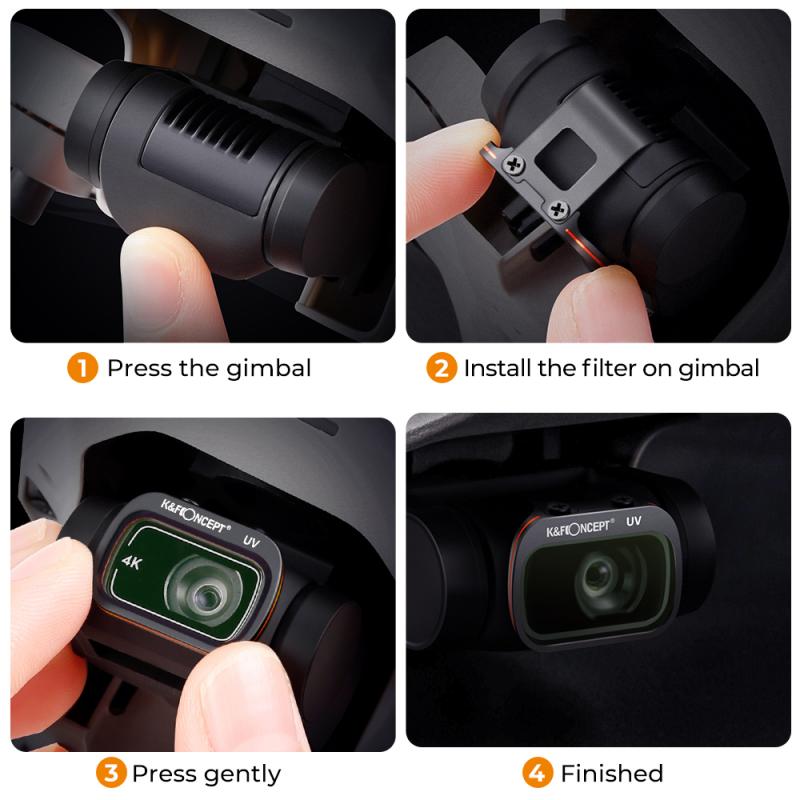
4、 Minimizing lens flare and ghosting caused by reflections.
A camera UV filter is primarily used for minimizing lens flare and ghosting caused by reflections. When light enters the camera lens, it can bounce off the various lens elements and create unwanted reflections and flares. These reflections can result in reduced contrast, loss of detail, and a hazy appearance in the final image.
A UV filter acts as a protective layer for the camera lens, but its main purpose is to block ultraviolet light. While modern digital cameras have built-in UV filters, adding an additional UV filter can still be beneficial. UV filters are transparent to visible light, so they do not affect the color balance or image quality. However, they effectively block UV rays, which can cause a bluish cast in images, especially in high-altitude or coastal areas.
In addition to reducing lens flare and ghosting, a UV filter also provides physical protection to the camera lens. It acts as a barrier against dust, moisture, fingerprints, and scratches. This can be particularly useful in outdoor photography, where the lens is exposed to various elements.
It is worth noting that there are differing opinions on the necessity of UV filters. Some photographers argue that modern lens coatings are sufficient to minimize flare and ghosting, while others believe that a UV filter is an essential accessory for lens protection. Ultimately, the decision to use a UV filter depends on personal preference and shooting conditions.
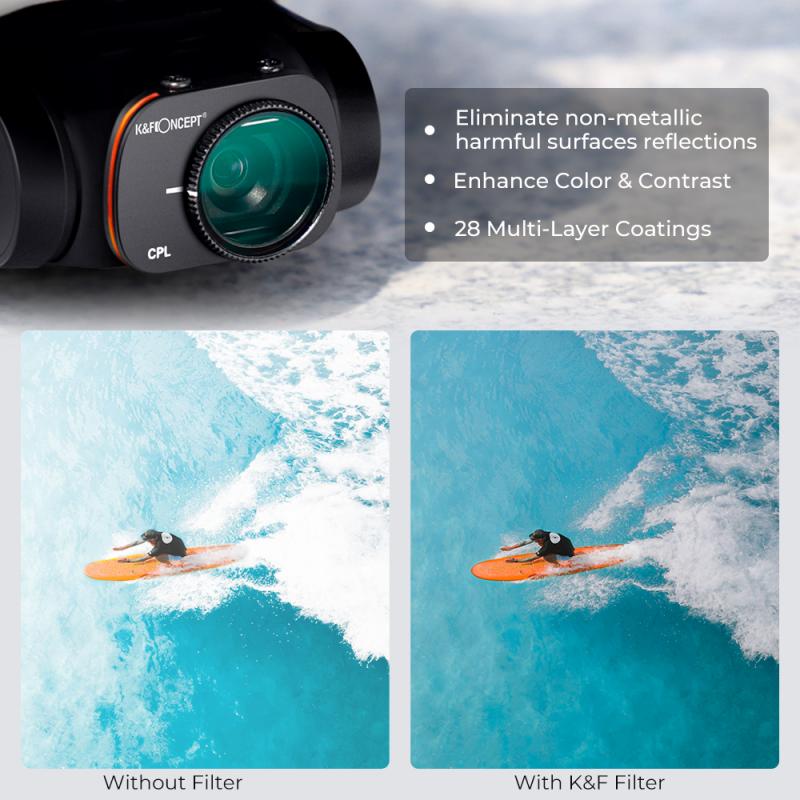



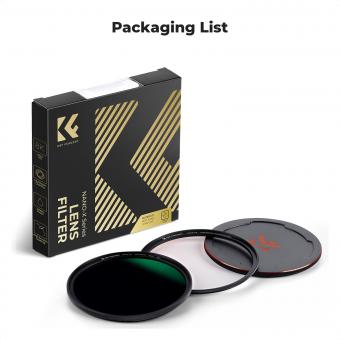



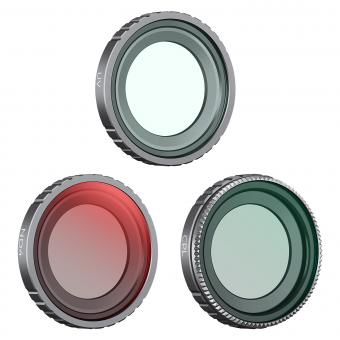
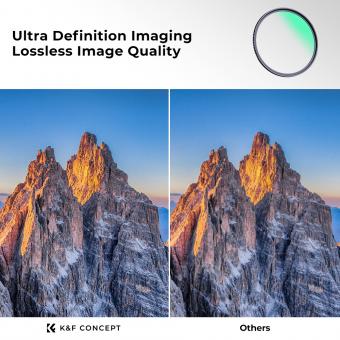


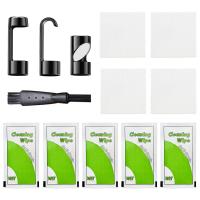


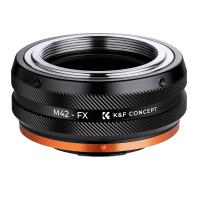

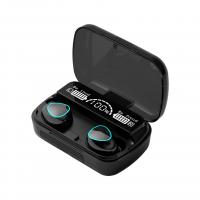


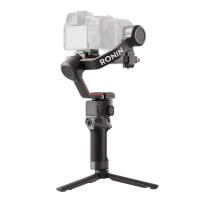

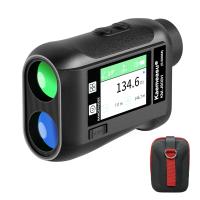
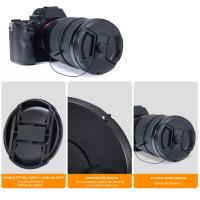

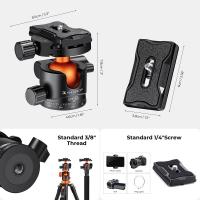
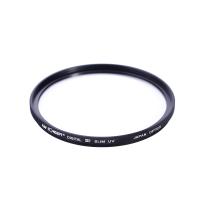
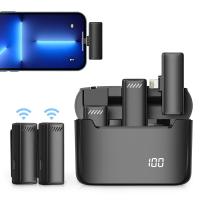


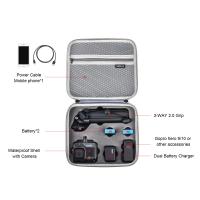
There are no comments for this blog.